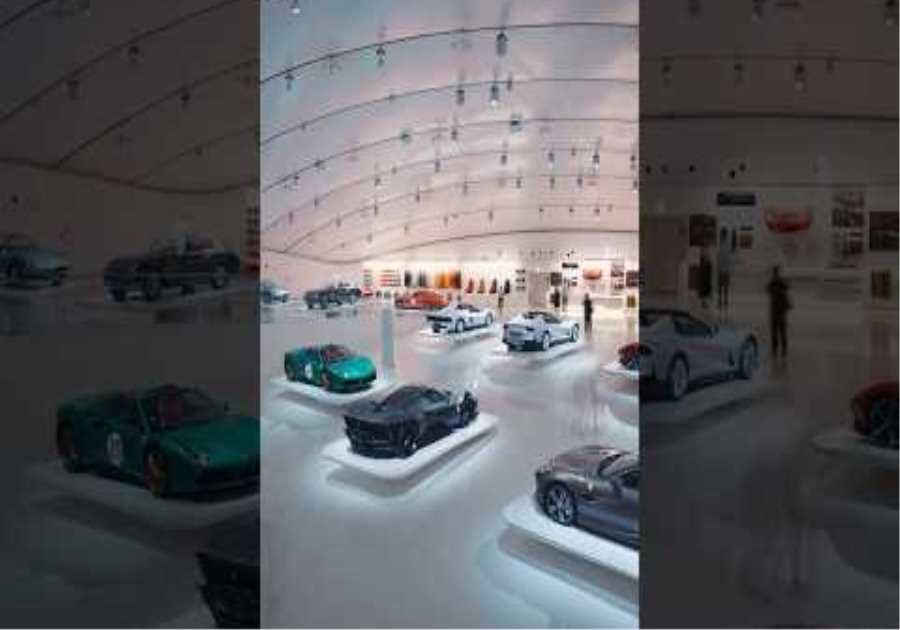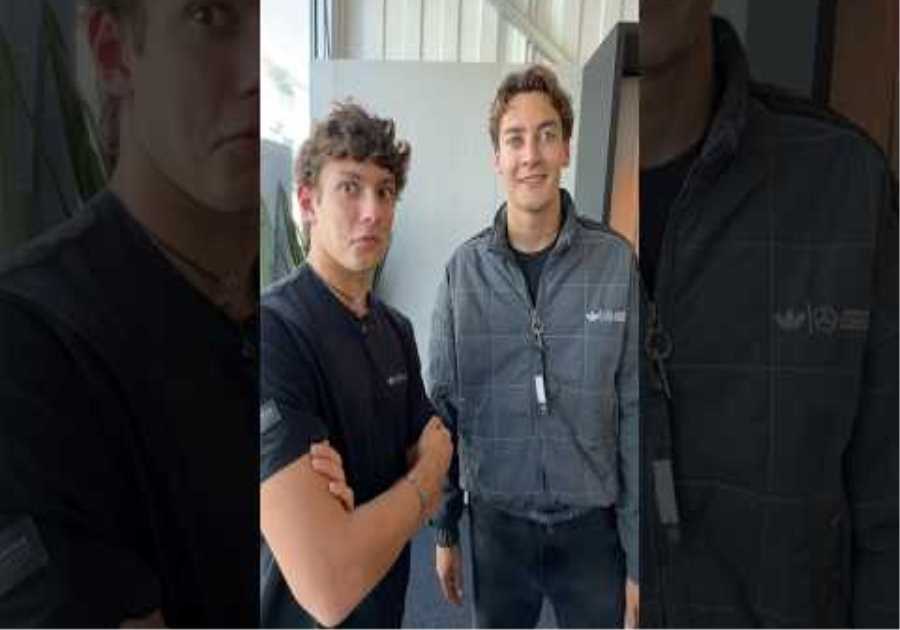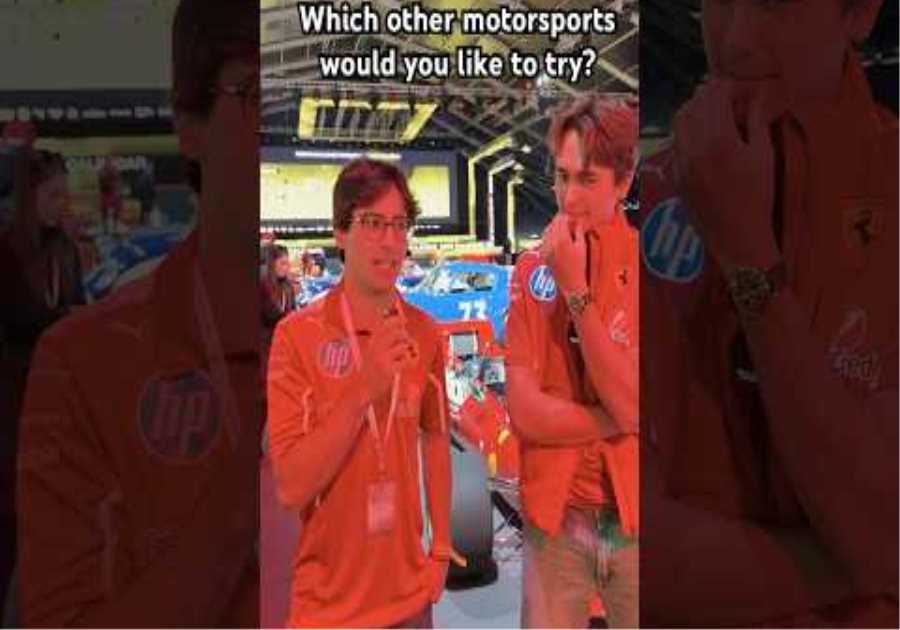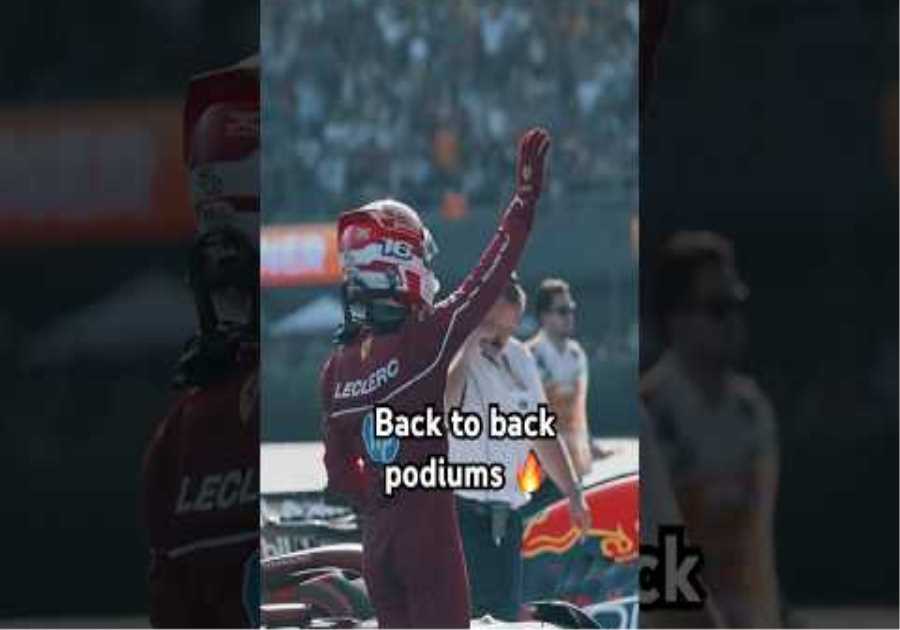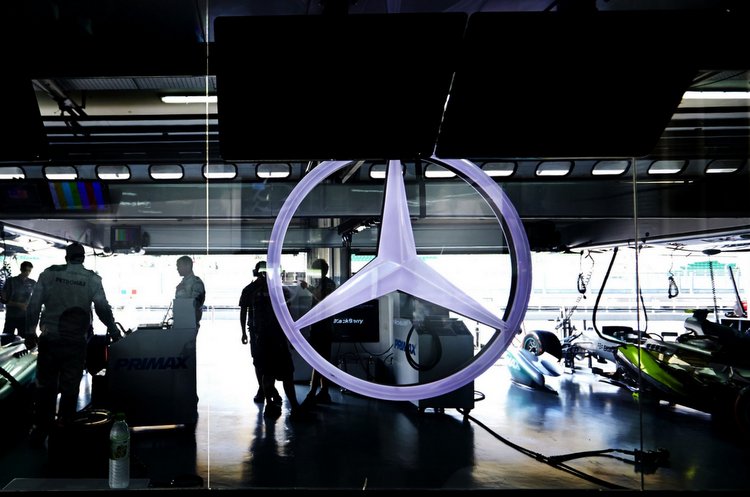
The Formula 1 cost cap has hit Mercedes F1 hard and it culled staff too but the team made more money for their efforts.
The F1 cost cap, and related capers, have been all over the news of late, as the ruling body, the Federation Internationale d’Automobile (FIA) stutters its audit out and dithers on how to deal with a couple of errant teams who dared break that dreaded glass ceiling. The fiasco lumbers on, and on.
That F1 cost cap is no joke, however. Mercedes-Benz Grand Prix Limited spent $291 million in 2020. Last year it spent $267M, despite the calendar growing from 17 to 22 races. The cap has had a significant impact on the Mercedes-Benz Grand Prix team headcount, which was 1063 in 2020, before the cap clipped the staff count back to 1004 souls.
“Restructuring for the cost cap has been such a painful exercise,” Mercedes F1 team boss Toto Wolff explains. “We had to restructure and change our processes. Unfortunately, setting a spending limit on the largest part of the cost centers in the team also made people redundant. It is particularly painful to hear teams discussing that.”
Biggest casualties in Engineering
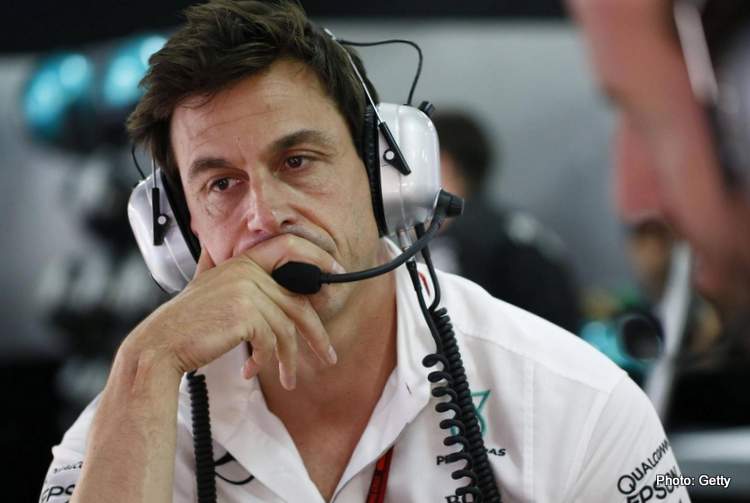
Like other top teams, Mercedes has shifted many former F1 people into non-F1 projects. “We have America’s Cup in our applied science department, and we have various other projects on performance engineering,” Wolff explained. “So, it’s really about records, whether that be on land, sea, air and space, that’s an area for us.”
The F1 cost cap has also dramatically altered how the team operates. “Imagine the hiring process,” Wolff explains. “An engineer in the past would interview candidates. Now they need to link back with HR, and HR needs to link back with finance, and say we need another head that’s costing us £45,000 a year, can we afford it?
“As an organization we were spending on engineering to achieve the best performance. Suddenly, we now need a structure that analyzes from the moment of purchase throughout production, the logistics and then deployment on the car, and setting priorities of what you give to the car. It is super painful and difficult,” Wolff concluded.

